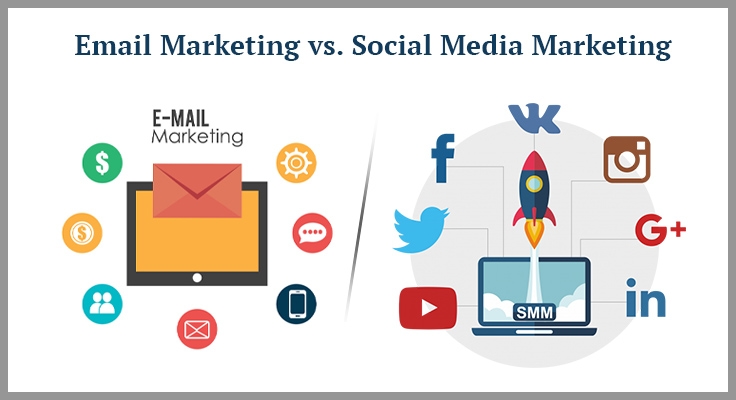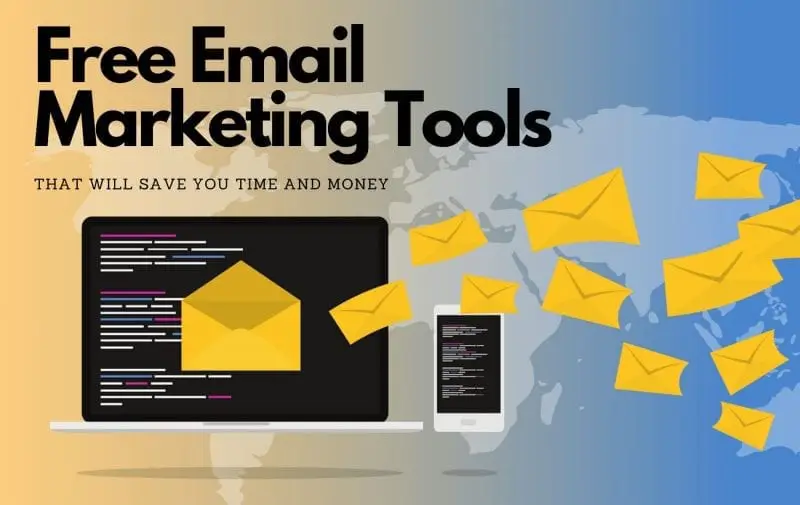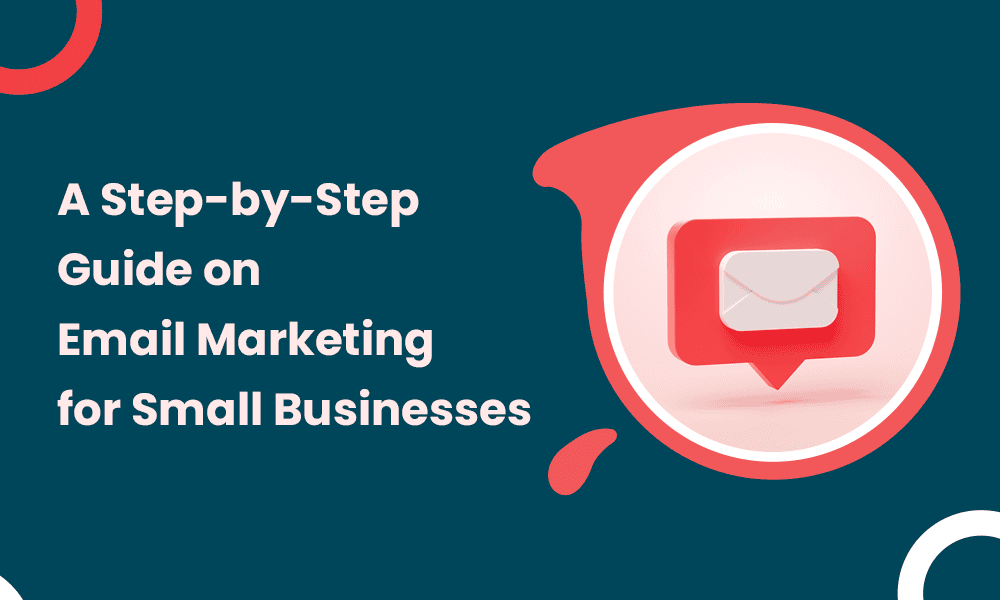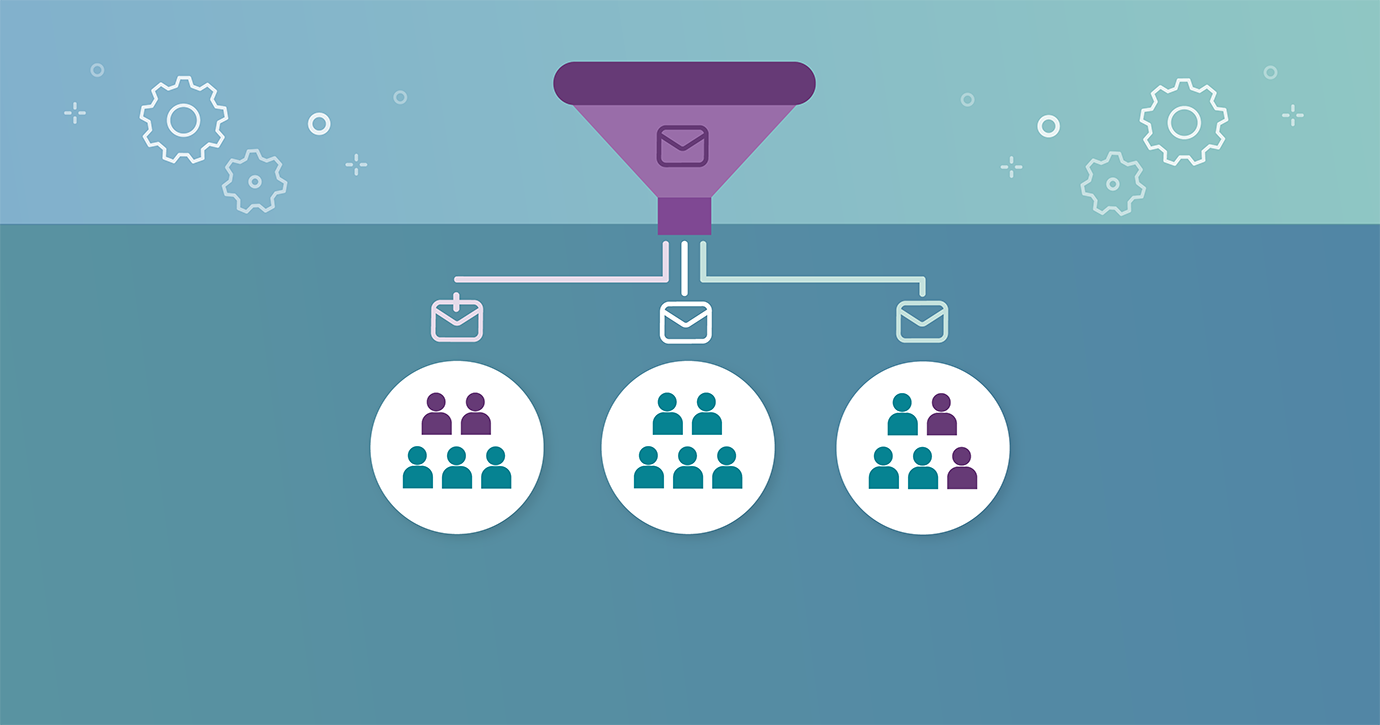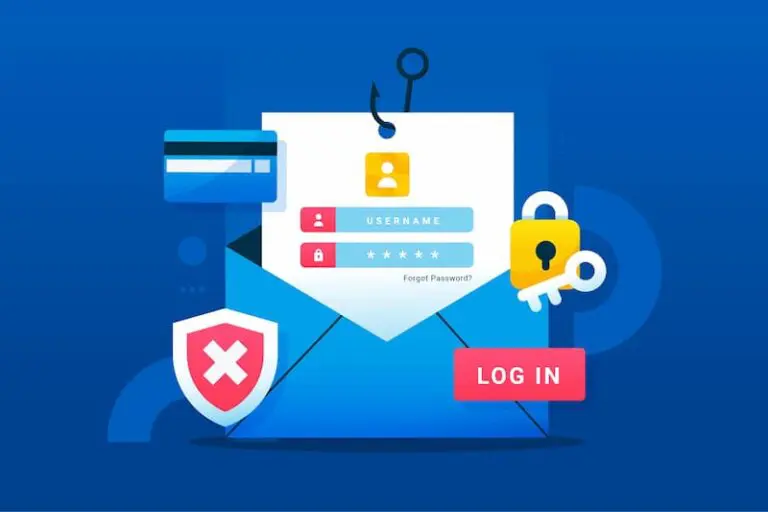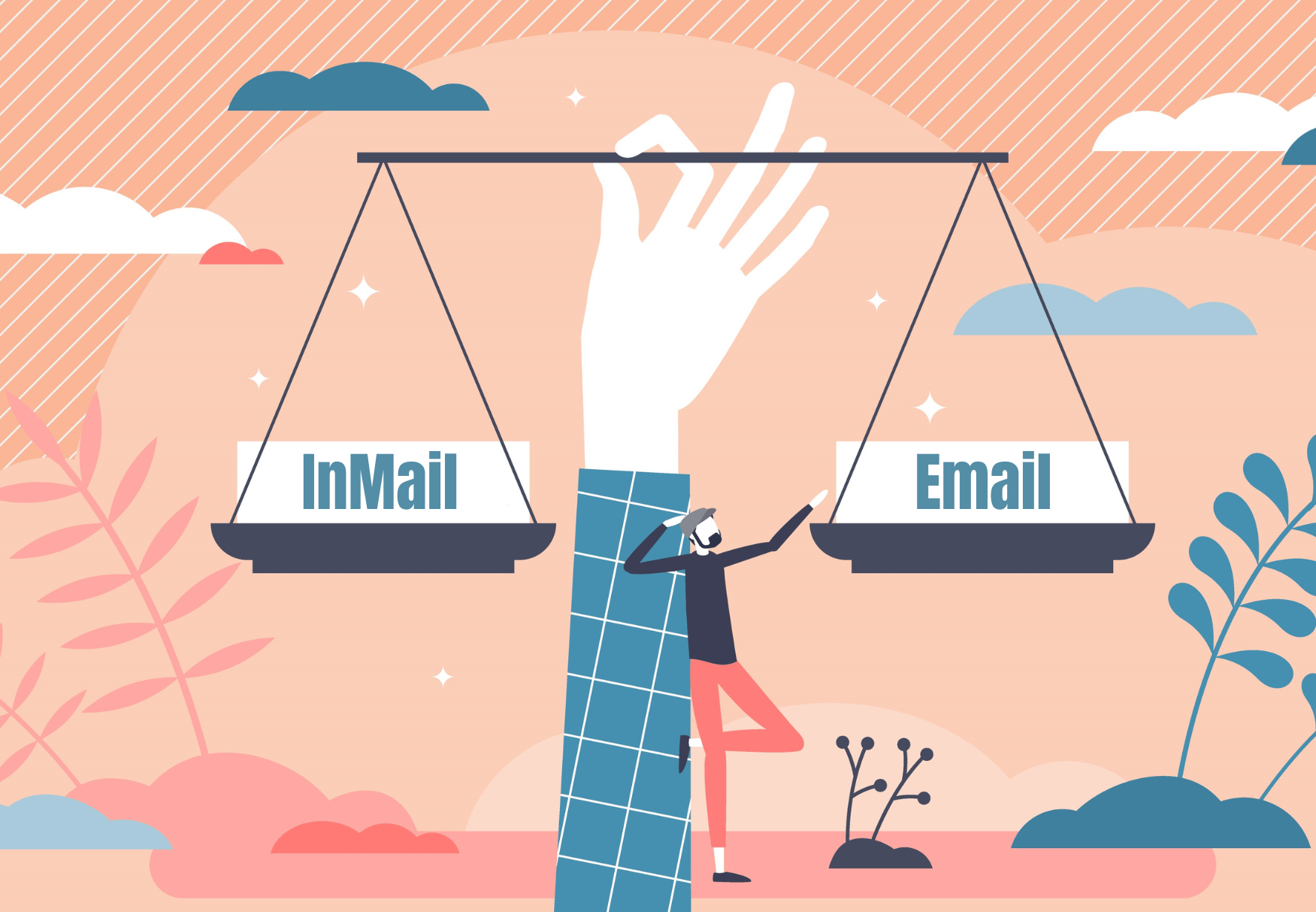Promotional Landing Pages
You created your offer, sent your first campaign, and saw promising results. But over time, performance leveled off. A stagnant email list leads to stagnant results—lost revenue and fading interest. To avoid this, keep customers engaged and build your audience with value-driven entry points.
Promotional landing pages are one of the simplest ways to create a clear, friction-free environment where customers can focus on your offer. Make sure your page highlights a single promotion, avoids distractions, and works flawlessly on mobile. Use concise headlines and supportive visuals to guide users to a single call to action.
Tip: If your offer is gated, like a subscriber-only discount, design the form as your main focus. After sign-up, trigger an automated email sequence to deliver the offer and start nurturing.
Attractive Subscription Forms
A footer form alone won’t grow your list efficiently. Instead, treat your forms as micro-campaigns with clear goals. Use gated content like eBooks or product quizzes, exclusive perks such as early access, and exit-intent popups that appear just as users are about to leave.
Form placement is critical. Inline forms, floating bars, and modals can capture attention without disrupting the experience. Place forms on high-traffic pages, inside evergreen blog posts, or in post-purchase flows.
Tip: Segment subscribers based on form origin to tailor follow-up emails. For example, prospects who signed up for early access can later receive a dedicated launch email.
Smart Segmentation
Once you’ve captured leads, segmentation bridges the gap between interest and loyalty. Use criteria such as purchase history, referral activity, or browsing behavior. Differentiate between first-time buyers who need education and repeat customers who expect added value.
Create advanced segments for loyal customers or ambassadors, and set automated workflows to deliver exclusive content, early access, or referral incentives.
Personalized Emails
Personalization goes beyond using a first name. With custom fields, you can collect details like birthdays or product preferences. Use this data to tailor messages that feel relevant. For example, customers who buy skincare bundles should receive different recommendations than those interested in individual products.
Conditional visibility blocks allow you to show or hide parts of your email based on customer traits. Pair this with behavior-based triggers like replenishment reminders when a product is likely to run out.
Product Recommendations
Dynamic product recommendations keep promotions relevant. Suggest items based on browsing history, past purchases, or frequently bought-together products. For example, if a customer abandoned a cart with a leather jacket, send a follow-up showing how many are left in stock to create urgency.
Use curated emails to cross-sell related products and integrate recommendations into post-purchase workflows for maximum impact.
Preference Centers
Empower subscribers to set their content and frequency preferences. This reduces unsubscribes and builds trust. Decide which preferences matter most, create clear fields, and make updating easy.
Include a preference center link in every email footer and your welcome flow. Let initial emails build rapport before asking for detailed information to avoid overwhelming new subscribers.
Urgency Elements
Interactive tools like countdown timers and “Wheel of Fortune” popups can drive faster action when used sparingly. Timers work best for real, time-sensitive offers and should always match the campaign end time.
A “Wheel of Fortune” can be an engaging incentive for sign-ups or re-engagement. Limit rewards to a few valuable options, customize messaging, and avoid overuse.
Tip: If a user spins the wheel but doesn’t redeem their code, send a follow-up email reminding them of the offer. Exclude users who redeemed it from future spins to maintain excitement.
Growth and Engagement Require Intention
Building and engaging your list is not guesswork. It requires thoughtful offers, relevant content, and seamless experiences. Use landing pages as clear entry points, forms that speak to your audience, segmentation that personalizes every message, and engagement tools that feel authentic.
When executed with purpose, email marketing becomes your most valuable asset for sustainable ecommerce growth.
